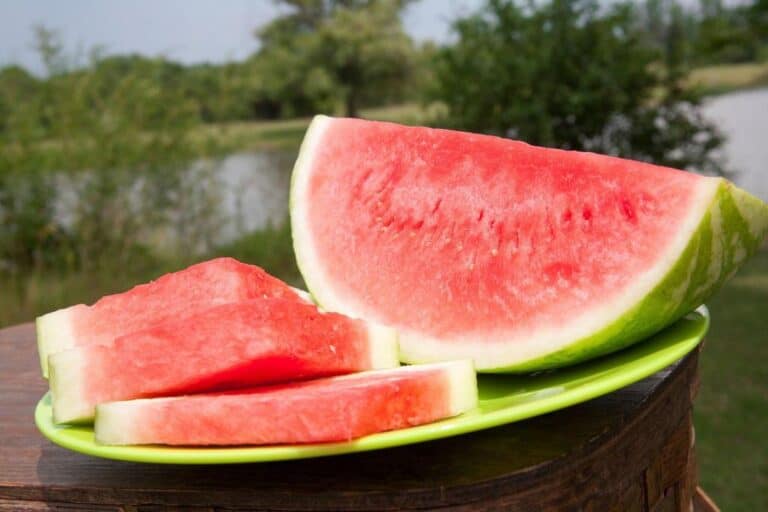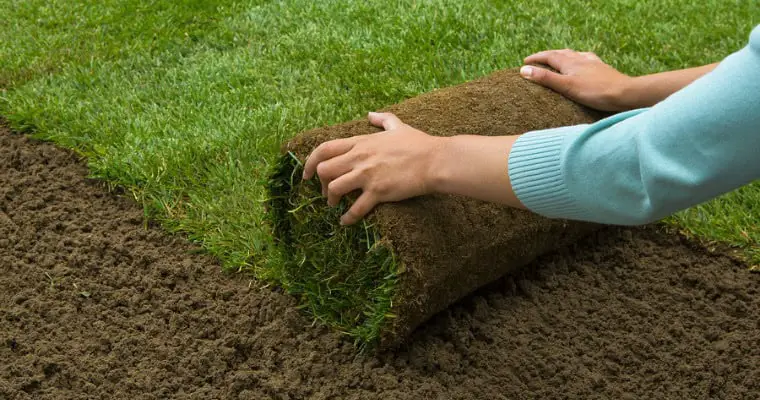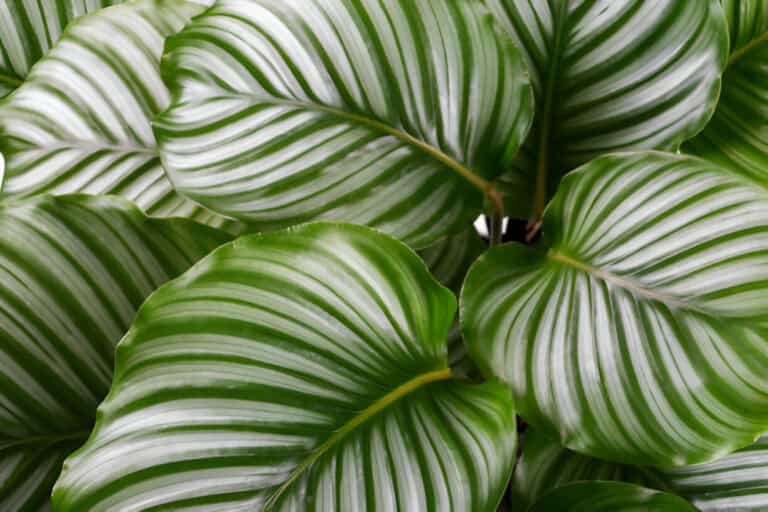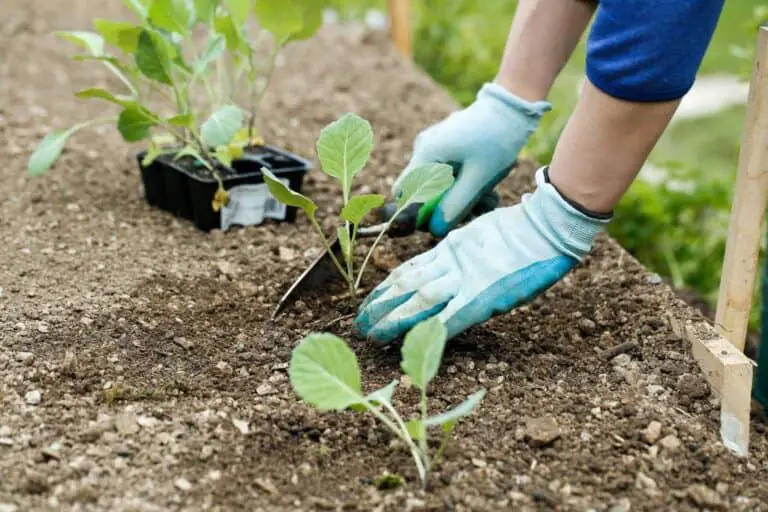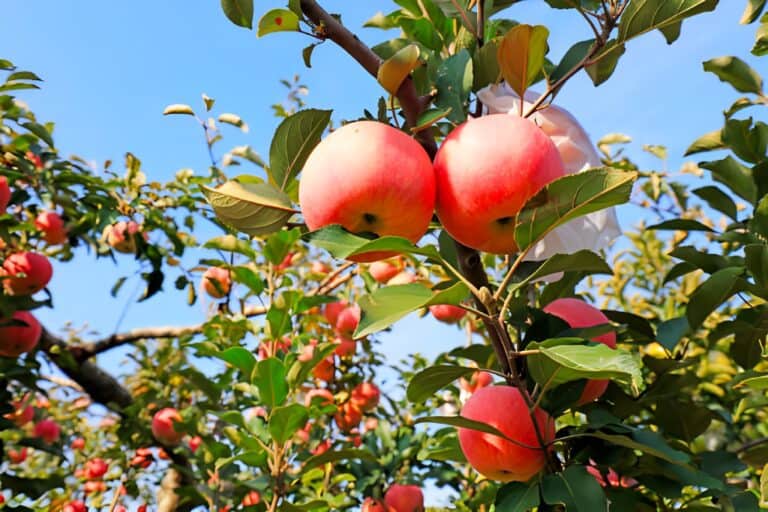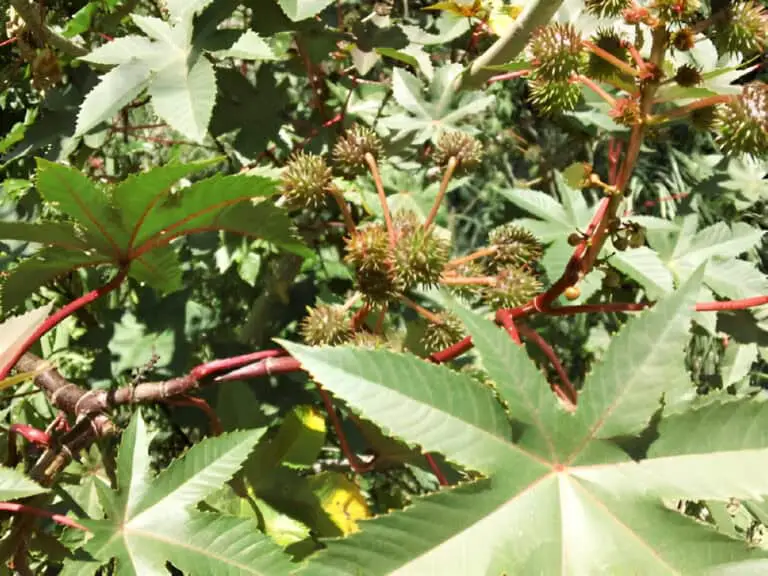Citrus Lemon ‘Meyer Improved’: Plant Care and Growing Guide

I’ll admit it—when I first brought home my Meyer Improved lemon tree, it felt a little like adopting a celebrity. Everyone in the gardening world kept raving about it like it was the golden child of citrus—and after growing one myself, I see why. It’s the citrus tree that behaves itself, rewards your attention, and doesn’t throw tantrums over every gust of wind or splash of cold weather.
The Citrus limon ‘Meyer Improved’ is a hybrid between a lemon and a mandarin orange, and it brings the best of both worlds to your backyard. The fruit is sweeter, the tree is tidier, and it actually wants to thrive. This guide is everything I wish someone had handed me before I planted mine—no fluff, no jargon, just real talk from someone who’s dug in the dirt and watched citrus lemon grow naturally.
Why the “Improved” Meyer Lemon Is a Backyard Star
Let’s clear one thing up: there’s the original Meyer lemon, and then there’s the “Improved” Meyer. The difference? The original had issues with carrying a virus that could spread to other citrus plants. The improved version is virus-free, sturdier, and ready to roll in gardens across the U.S.
Here’s what makes it such a keeper:
- Compact growth perfect for small spaces or container gardening
- Sweeter, less acidic lemons that you can eat right off the tree
- Long fruiting season, often producing multiple flushes each year
- Fragrant white blooms that make your patio smell like heaven
Finding the Right Spot: Sun, Soil, and Shelter

Like most citrus trees, the Meyer Improved lemon lives for sunlight. The more rays it soaks up, the more fruit it cranks out. I learned the truth the hard way when I tried to tuck mine into a half-shaded corner—it sulked until I moved it into full sun.
Ideal Conditions:
| Requirement | Best Option |
| Sunlight | 6–8 hours of direct sunlight daily |
| Soil Type | Well-draining, slightly acidic |
| pH Level | 5.5 to 6.5 |
| Zone | USDA 9–11 (or in pots for colder zones) |
If you’re planting in the ground, pick a south-facing spot with excellent drainage. In pots? Use a container at least 18 inches wide with drainage holes and set it on a wheeled base so you can chase the sun if needed.
Watering: Quenching Without Drowning
Meyer lemons love moisture, but they hate wet feet. That means you’ve got to strike a balance—like pouring just enough coffee to keep someone energized without turning them jittery.
I water mine once a week in cooler months, then bump it up to twice a week during hot spells. Always check the top 1–2 inches of soil—if it feels dry, it’s go time.
Watch for These Watering Clues:
- Yellowing leaves? You might be overwatering.
- Crispy brown edges? Underwatering is the culprit.
- Droopy leaves with wet soil? Roots are drowning—back off the hose.
Pro tip: Mulch around the base with bark or straw to help retain moisture and regulate soil temperature.
Feeding Time: Fertilizer Tips That Actually Work
Feeding a citrus tree is like feeding a teenager—skip a meal and things go downhill fast. I use a citrus-specific fertilizer rich in nitrogen, with a balanced dose of phosphorus and potassium.
Apply it every 6 weeks from spring through summer, then scale back in fall and winter when the tree slows down.
Here’s a cheat sheet:
| Fertilizer Type | Application Rate | Notes |
| Granular Citrus Fertilizer | Follow label instructions | Work into topsoil, then water |
| Liquid Organic Feed | Every 2–3 weeks | Great for container trees |
| Epsom Salt (magnesium) | 1 tbsp/gallon of water | Use monthly if leaves yellow |
Don’t fertilize when the tree is in flower—it may drop blooms if overstimulated.
Pruning: Less Is More (Except When It’s Not)
One thing I love about the Meyer lemon tree is that it naturally grows into a tidy, rounded shape. You don’t need to prune often—just enough to keep air flowing and branches off the ground.
When I prune, I follow this mantra: dead, damaged, or diseased—cut it off. I also trim any suckers sprouting below the graft line and thin the center to let in light.
Best Time to Prune:
Late winter to early spring, before the first flush of growth.
And don’t panic if it looks a bit naked after a trim—this tree bounces back fast and will reward your tough love with better shape and fruiting.
Flower to Fruit: What to Expect
Here’s where the Meyer lemon shows off. In spring, clusters of white, star-shaped flowers fill the branches, drawing in bees and hummingbirds like a garden party. Once pollinated, these blooms slowly turn into small green fruits, which mature into golden, egg-shaped lemons over the next few months.
In warm climates, Meyer lemons may fruit year-round, but most commonly, you’ll see harvests in late fall through early spring.
Ripeness test? Gently squeeze the fruit—it should have a little give and glow with a soft, golden color. Pick it, sniff it, and thank your past self for planting this joy machine.
Pests and Problems (and How I Outsmart Them)
Every garden has its troublemakers, and the Meyer lemon isn’t immune. I’ve wrestled with a few pests, but nothing a good strategy and some soapy water couldn’t handle.
Common Issues:
| Problem | Signs | Fix |
| Aphids | Sticky leaves, curling tips | Spray with insecticidal soap |
| Scale insects | Hard bumps on stems and leaves | Wipe off with alcohol or neem oil |
| Leaf yellowing | Poor drainage or nutrient issues | Adjust watering and fertilizing |
| Leaf drop (winter) | Cold drafts or sudden temperature | Move indoors or provide protection |
If you grow in pots, consider moving the tree indoors during cold spells—it hates temps below 32°F.
| Read: Philodendron Lemon Lime vs Neon Pothos: Key Differences and Similarities |
Harvesting and Using Your Meyer Gold
The moment you twist off your first sun-warmed Meyer lemon, something changes. The skin smells floral, almost perfumed. The juice is mellow, sweet, and barely needs sugar in recipes.
Here’s what I like to do with mine:
- Fresh lemonade with mint and honey
- Zest in salad dressings or marinades
- Preserved lemons in salt for tagines
- Lemon curd that never lasts more than a day
Pro tip: Pick lemons gradually—they keep ripening on the tree, so you don’t need to rush.
Pest and Disease Management
Meyer lemons, while generally hardy, can still fall prey to a few common pests and diseases. Aphids, spider mites, and scale insects are some of the usual suspects. These pests often feed on the sap, resulting in leaves that are curled, yellowing, or sticky with honeydew. I’ve found that spraying with insecticidal soap or neem oil every couple of weeks does wonders for keeping these intruders at bay.
Keep an eye out for signs of disease like leaf spot, greasy blotch, or citrus canker. Yellowing leaves, black moldy patches, or soft, sunken spots on fruit may signal trouble. Regularly inspecting your plant helps catch these issues before they spread.
Here’s a quick guide:
| Problem | Sign | Organic Solution |
| Aphids | Sticky residue on leaves | Neem oil spray |
| Leaf spot | Yellowing with dark blotches | Remove affected leaves |
| Scale insects | Hard bumps on stems/leaves | Rubbing alcohol on cotton |
Using organic methods helps protect pollinators and keeps your lemons safe to eat.
My Final Take: A Tree That Gives More Than It Takes
I’ve grown a lot of plants over the years, but few have earned their keep like the Citrus limon ‘Meyer Improved’. It asks for sun, water, and a little seasonal love—and in return, it gives me fruit, fragrance, and an excuse to slow down and admire something growing on my patio.
If you’ve been thinking about planting a citrus tree, this is the one to start with. It’s tough, sweet, and surprisingly forgiving. In a world that always wants more, it’s nice to grow something that gives more than it takes.

